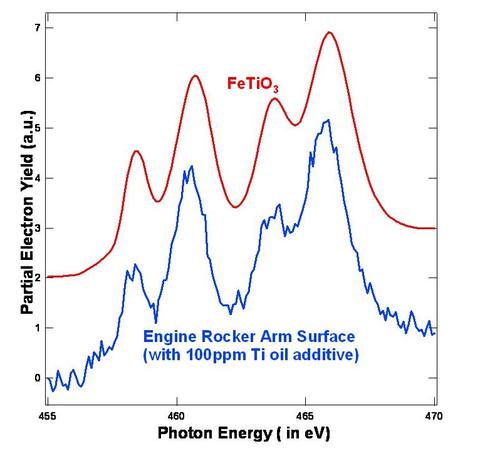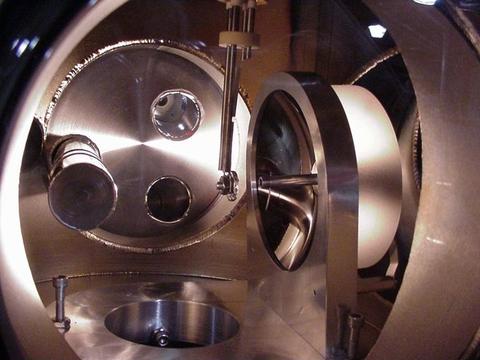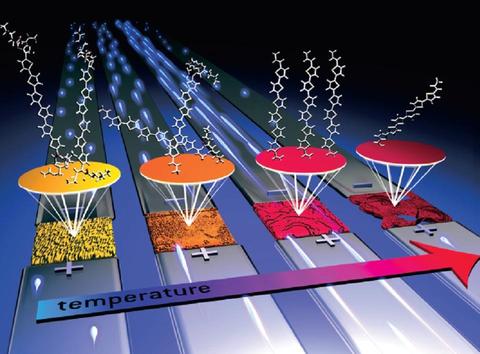Daniel A Fischer (Fed)
Research Interests
Developing and exploiting new experimental methods, detectors, and physics approaches in synchrotron materials science to study the structure and chemical nature of diverse materials, in partnership with Industry, National Labs, and University researchers. In particular for soft x-ray absorption spectroscopy developing specialized electron and fluorescence yield detectors; emphasizing imaging and high-throughput to measure structure and chemistry: (1) on the scale ranging from atomic to tens of nanometers, particularly for low concentrations of materials; (2) at the surface of individual nanoscale entities such as nanotubes and nanoparticles; (3) at specific locations; e.g., an interface in a multilayer device; and (4) under relevant conditions, e.g., temperature and pressure, that the material will be subjected to in use. Materials currently under investigation include organic and inorganic electronics, model catalyst systems, polymer surfaces and their interfaces, hard disk lubricant chemistry, self-assembled monolayers, and high temperature superconductors.



Postdoctoral Research Opportunities in My Group:
We have developed synchrotron based spectroscopy methods to enable the development and optimization of materials for microelectronics, catalysis, homeland security, and energy. Materials that can be investigated include monolayers to bulk materials of all classes. Examples of ongoing measurement studies include (1) structure function relationships in organic semiconductors and photovoltaics, (2) development of full field large area imaging for soft x-ray absorption, (3) chemistry and bonding at semiconductor oxide interfaces, (4) dopant activation, (5) high-k gate dielectrics; and (6) phase change materials. Such measurement studies offer the opportunity to develop and utilize world class x-ray instrumentation and detectors.
Awards and Honors
- User Executive Committee, Chair, Vice-chair, and Member, National Synchrotron Light Source, 2001-present
- Editorial Board Member- Review of Scientific Instruments, 2005-present
- Arthur S. Fleming Award (Scientific Category), 2005
- Gold Medal Award, U.S. Dept. of Commerce, 2004
- Bronze Medal Award, U.S. Dept. of Commerce, 1998
- Bronze Medal Award, U.S. Dept. of Commerce, 1994

